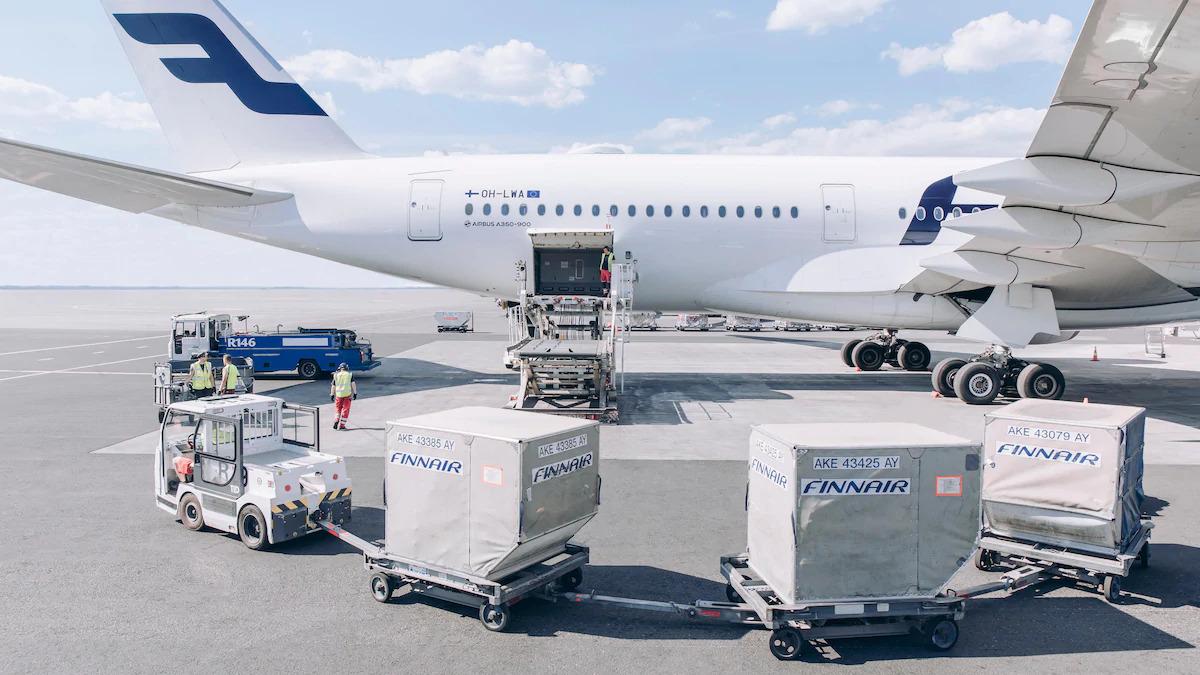IATA is right to claim that ‘Safely delivering COVID-19 vaccines will be the mission of the century for the global air cargo industry’. And Finnair Cargo is perfectly placed to help transport millions of vaccine doses as soon as they’re available, helping to bring as swift an end as possible to the coronavirus crisis.
“We have a long heritage of pharma excellence as we were the first airline, in 2015, to receive an international CEIV certificate for our operations from IATA,” says Fredrik Wildtgrube, Head of Global Sale at Finnair Cargo, who will soon start heading Finnair Cargo as VP, Finnair Cargo.
“Speed of delivery is a critical requirement for the vaccine and with our hub located in northern Europe, we fly the shortest route to all the major cities in Asia. Nobody knows where the first vaccines for Covid will originate from, but we have a network in place to guarantee speedy deliveries across the Northern Hemisphere.”
At the heart of Finnair Cargo’s operation is the cutting edge Cool terminal at Helsinki–Vantaa Airport. Europe’s most modern air cargo terminal, opened in 2018, it earned a CEIV GH certificate in 2019 and has become a vital cog in Finnair Cargo’s ability to transport pharmaceuticals safely and securely.
The Cool terminal could not be better placed to help with vaccine delivery. Within its vast space there is 2600 m² of controlled room temperature space, 208 m² of refrigerated storage and 50 m² of freezer space. Temperatures are checked and controlled 24/7, with pharma entering the terminal through a dedicated acceptance area.
What’s more, staff at the Cool terminal have undertaken rigorous training. All personnel that handle sensitive pharma shipments in temperature–controlled areas are capable of taking care of vital supplies, including vaccines.
As yet, it’s not clear how many vaccines can fit into particular aircraft. But that doesn’t mean Finnair Cargo isn’t already drawing up its logistics plans for when one is available.
“One A350 aircraft can carry up to 2 million doses of Measles vaccines or 15 million Rotavirus vaccines,” says Tommi Voss. “It is worth remembering that as vaccines tend to contain live bacteria, their ‘shelf life’ is not likely to be more than a few days. This means that when planning the logistics chain with health organizations, there needs to be processes in place to evaluate the number of vaccines possible to distribute in the location and manage the delivery of vaccines accordingly. So it might be that the challenge is not how many vaccines can fit into one plane, but how to ensure a systematic, reliable delivery chain over a long period of time.”


